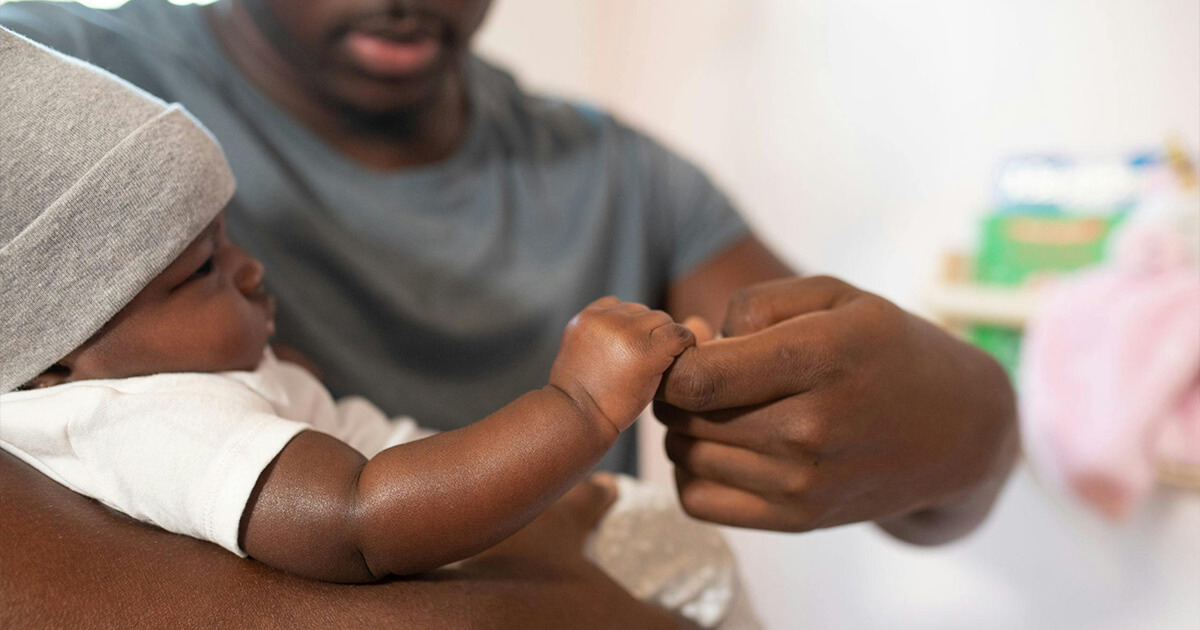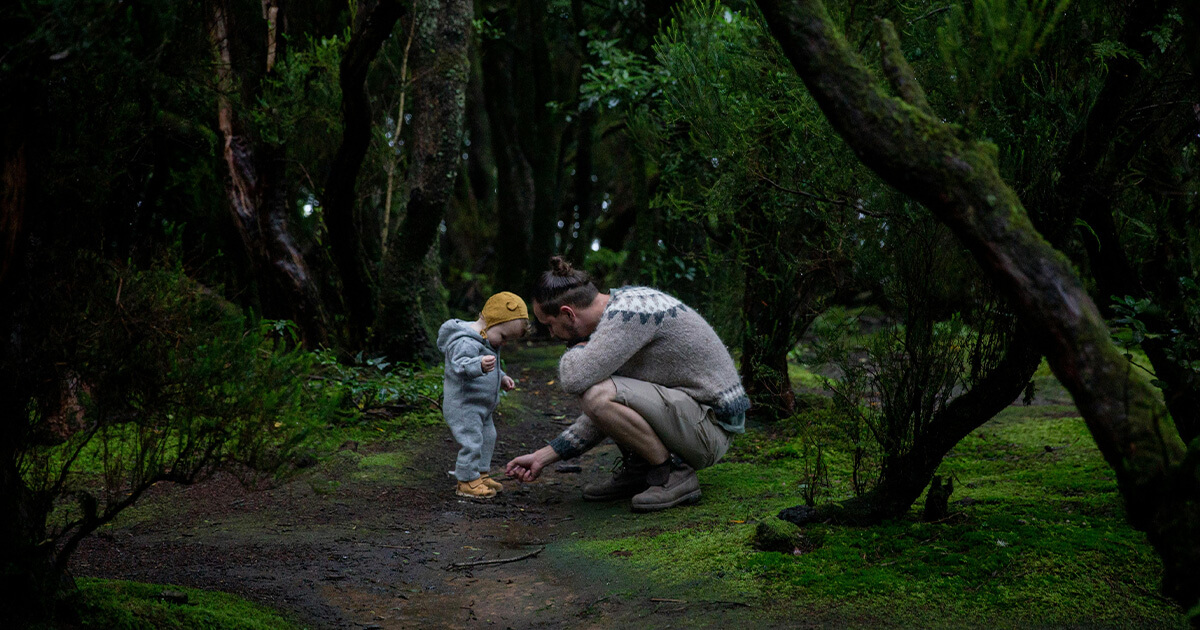Child Development Stages
Child Development Stages: A Comprehensive Guide
Understanding the different stages of child development helps parents support their children as they grow.
This Child Development Stages blog post covers broad age categories (infant, toddler, preschooler, etc.), key milestones and skills for each stage, visual timelines and charts for easy reference, and tips for supporting development at each stage.
Broad Age Categories
- Infant (0-12 Months)
- Toddler (1-3 Years)
- Preschooler (3-5 Years)
- School-Age Child (6-12 Years)
- Adolescent (13-18 Years)
Key Milestones and Skills for Each Stage
Infant (0-12 Months):
- Physical: Rolls over, sits without support, crawls, stands, and walks with assistance.
- Speech: Babbles, responds to sounds, says simple words like “mama” and “dada.”
- Social: Smiles, recognizes familiar faces, enjoys playing peekaboo.
- Cognitive: Explores objects with hands and mouth, following moving objects with eyes.
Toddler (1-3 Years):
- Physical: Walks independently, runs, climbs, and begins to use utensils.
- Speech: Expands vocabulary, starts forming simple sentences, follows simple instructions.
- Social: Imitates others, plays alongside other children, shows increasing independence.
- Cognitive: Begins to sort shapes and colors, engages in pretend play, and follows two-step instructions.
Preschooler (3-5 Years):
- Physical: Jumps, hops, climbs, dresses, and undresses with some assistance.
- Speech: Speaks in complete sentences, tells stories, and understands basic grammar.
- Social: Plays cooperatively with peers, develops friendships, and shows empathy.
- Cognitive: Understands time concepts, counts, and begins to recognize letters and numbers.
School-Age Child (6-12 Years):
- Physical: Gains strength and coordination and engages in sports and physical activities.
- Speech: Reads and writes, understands complex language, and engages in conversations.
- Social: Develops stronger peer relationships, understands rules and fairness, and shows responsibility.
- Cognitive: Thinks positively, solves problems, and understands cause and effect.
Adolescent (13-18 Years):
- Physical: Undergoes puberty, develops secondary sexual characteristics, and gains height and weight.
- Speech: Expresses complex ideas, engages in debates, and understands abstract concepts.
- Social: Seeks independence, forms deeper relationships, and develops a sense of identity.
- Cognitive: Thinks critically, plans for the future, and understands moral and ethical issues.
Visual Timelines and Charts
Developmental Milestones Chart
| Age Category | Physical Milestones | Speech Milestones | Social Milestones | Cognitive Milestones |
|---|---|---|---|---|
| Infant | Rolls over, sits, crawls | Babbles, responds to sounds | Smiles, recognizes faces | Explores objects, follows objects |
| Toddler | Walks, runs, climbs | Expands vocabulary, simple sentences | Imitates, plays alongside others | Sorts shapes, pretend play |
| Preschooler | Jumps, hops, dresses self | Speaks in sentences, tells stories | Plays cooperatively, empathy | Understands time, counts, letters |
| School-Age | Gains strength, physical activities | Reads, writes, complex language | Peer relationships, responsibility | Logical thinking, problem-solving |
| Adolescent | Puberty changes, height/weight gain | Expresses complex ideas | Independence, deeper relationships | Critical thinking, future planning |
Tips for Supporting Development at Each Stage
Infant (0-12 Months):
- Tip: Give ample tummy time to strengthen muscles and encourage crawling.
- Tip: Talk to your baby frequently to help develop language skills.
Toddler (1-3 Years):
- Tip: Offer a variety of safe objects for exploration to enhance cognitive skills.
- Tip: Encourage play dates to develop social skills and independence.
Preschooler (3-5 Years):
- Tip: Read together daily to support language development and literacy skills.
- Tip: Provide opportunities for imaginative play to foster creativity.
School-Age Child (6-12 Years):
- Tip: Encourage participation in sports or physical activities to promote physical health.
- Tip: Support homework and school projects to enhance cognitive development.
Adolescent (13-18 Years):
- Tip: Offer guidance and support in making education and career plans decisions.
- Tip: Foster open communication to help navigate social and emotional changes.
Example Developmental Timelines
Infant Development Timeline (0-12 Months):
| Age (Months) | Key Milestones |
|---|---|
| 0-3 | Rolls over, babbles, smiles |
| 4-6 | Sits without support, responds to name |
| 7-9 | Crawls, says simple words |
| 10-12 | Stands, walks with assistance |
Toddler Development Timeline (1-3 Years):
| Age (Years) | Key Milestones |
|---|---|
| 1-2 | Walks, starts to run, uses simple words |
| 2-3 | Kicks a ball, combines words, engages in pretend play |
Preschooler Development Timeline (3-5 Years):
| Age (Years) | Key Milestones |
|---|---|
| 3-4 | Jumps, speaks in sentences, plays cooperatively |
| 4-5 | Hops, tells stories, begins to write letters |
School-Age Child Development Timeline (6-12 Years):
| Age (Years) | Key Milestones |
|---|---|
| 6-8 | Reads, writes, understands rules |
| 9-12 | Engages in complex conversations, thinks logically |
Adolescent Development Timeline (13-18 Years):
| Age (Years) | Key Milestones |
|---|---|
| 13-15 | Undergoes puberty, critical thinking |
| 16-18 | Plans for future, forms deeper relationships |
Conclusion
By understanding and tracking these developmental stages, parents can provide the necessary support to help their children thrive.









